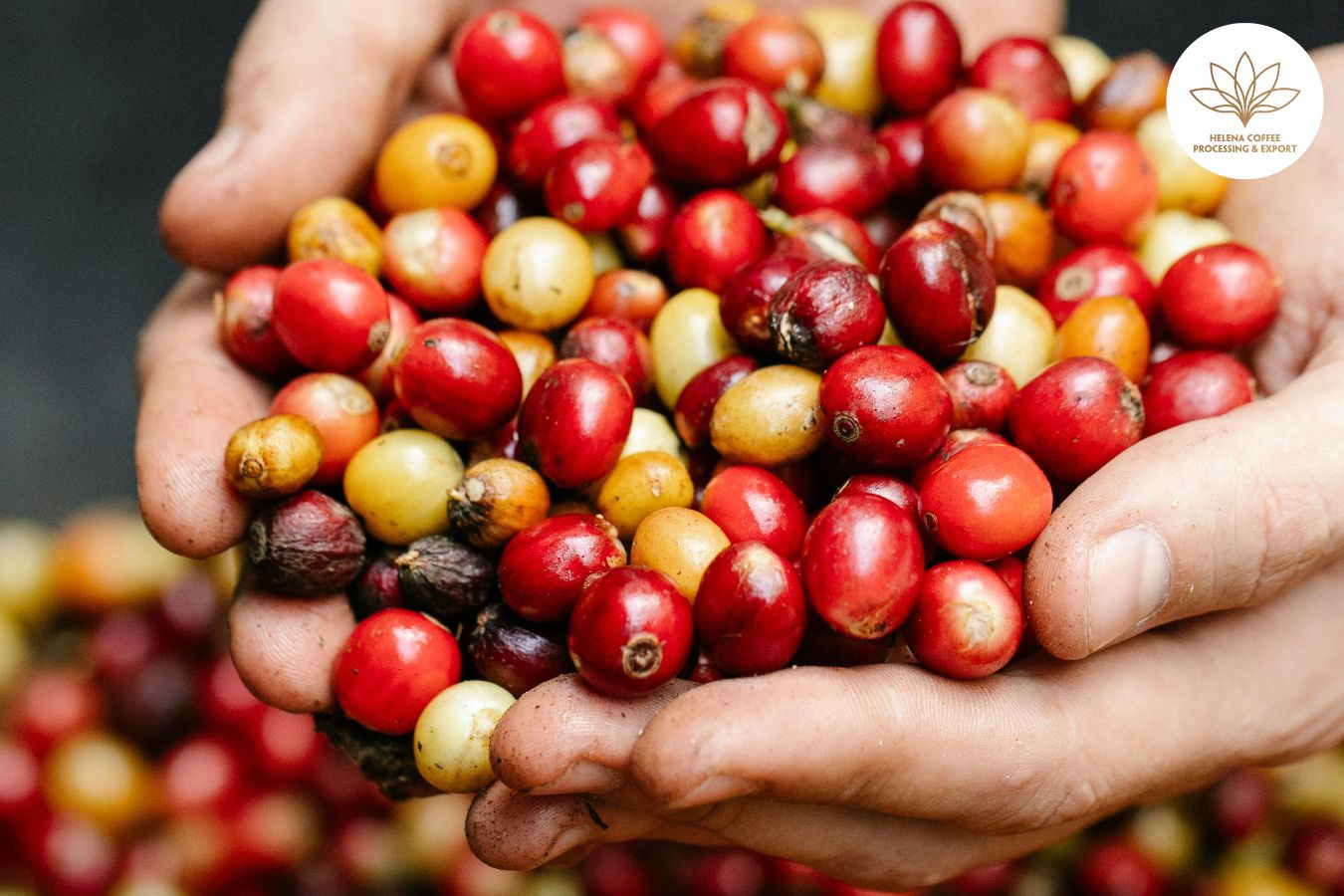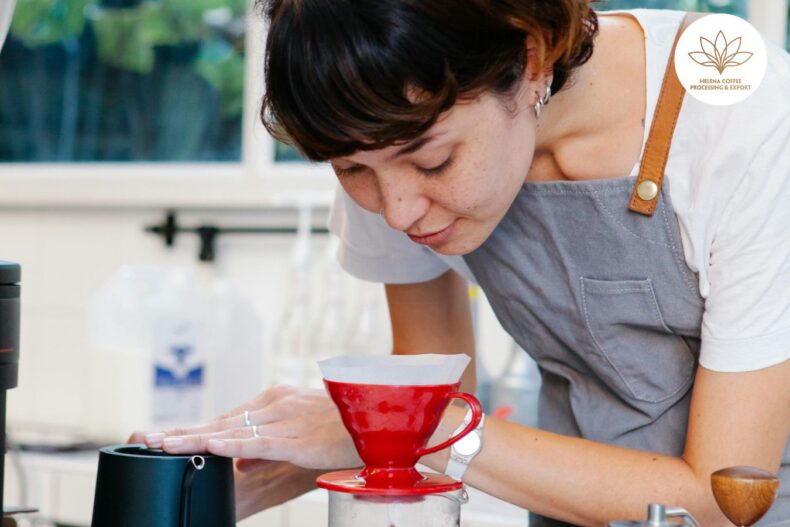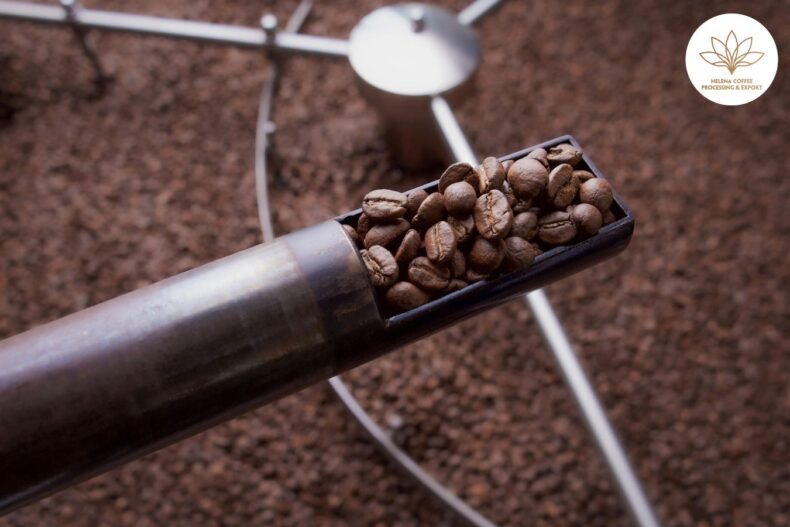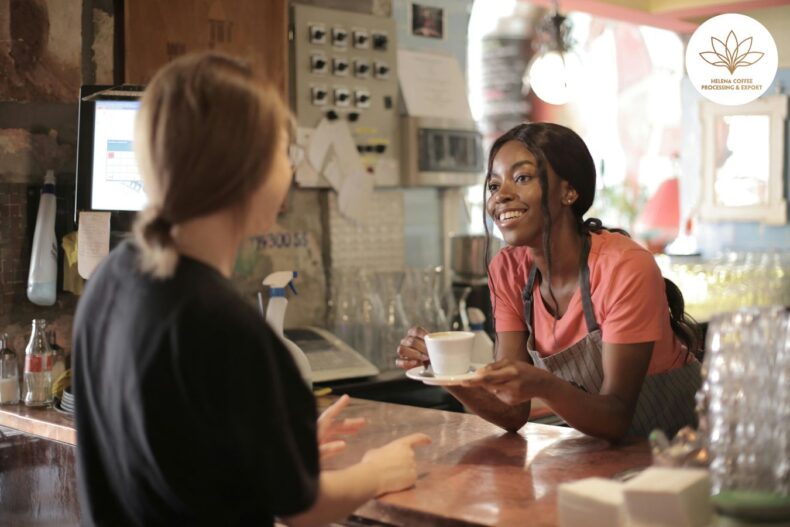
The final price of a cup of coffee: For more than a year, coffee prices have not stopped increasing. The first sign that prices would rise was a sudden freeze that affected some of Brazil’s main coffee-producing regions in late July 2021. Since then, prices have remained above US$2.00.
Despite the increase in prices, small producers, in general, do not get more money for their coffee, which leaves them in a delicate economic situation. As roasters and coffee shops are also starting to raise their prices , we may see an upward impact on consumers’ pockets in the coming months.
Faced with these price increases, it is important to ask ourselves: what percentage of the final price of a cup of coffee do coffee farmers really receive?
In addition to doing my own research, I spoke with Peter Roberts, academic director of the Specialty Coffee Transaction Guide (SCTG) and the owner and founder of Reciprocafé , Chad Trewick. Read on for his take on the historical context of green coffee pricing, as well as certain information from the SCTG.
Understand the economic vulnerability of producers
Among all actors in the coffee supply chain, coffee farmers (especially smallholders, i.e. those farming on less than 30 hectares of land) are generally the most economically vulnerable.
The reasons are complex but can largely be attributed to historical inequalities in the coffee industry. When coffee began to be produced on a large scale, it was mostly under the control of the European colonial powers , who kept the largest percentage of the money from sales.
Although these colonial empires no longer exist, there is no doubt that they have left their mark on the current coffee industry. The final price of a cup of coffee: “[In the 1700s and 1800s], most of the land cleared for coffee did not belong to the people who cleared it,” Chad explains. “In fact, most of the physical labor of coffee production was done by the people who owned the land by right.”
“For this reason, the beginnings of the coffee industry are linked to situations of exploitation,” he adds.
After coffee farmland was returned to the original farmers once slavery was abolished, many producers were left with only small plots of land and minimal financial or structural support. Ultimately, many were forced to sell to multinational companies to improve their financial stability.
“To some extent, the legacy of colonialism determines the terms of trade in today’s coffee industry,” explains Peter. The final price of a cup of coffee: “Coffee farmers continue to need more information, support and training to increase their capacity for action.” “A well-functioning market must be open and well-founded, and members of the sector must have multiple avenues to trade their products,” he adds.
Prices and costs at origin
When talking about the prices that coffee growers receive for their coffee, you often hear the terms farmgate or free on board (FOB) but what do they really mean?
Price at the farm vs. F.O.B.
Basically, the farmgate price is the money that the farmer receives directly, which is not the price paid to traders or factories. The final price of a cup of coffee: The term derives from the amount of money paid to the producer “at the farm gate,” before export taxes or additional costs.
It is important to note that farmgate prices are different from the C price, which is the trading price of Arabica on the Intercontinental Exchange (ICE). The price C is largely determined by supply and demand, if the supply of coffee decreases, the price increases. The final price of a cup of coffee: It can be difficult to collect accurate farmgate price data because these figures are not typically publicly available unless traders and roasters publish the information directly.
The FOB price, meanwhile, is the money paid for a full container of coffee that is ready to be shipped. The price includes what was paid to the coffee grower, plus the costs of producing coffee in the country, such as grinding, storage, transportation costs, insurance, customs and other intermediary fees.
For reference, the 2021 SCTG indicates that the average global FOB price in the same year for an 87-point coffee was US$3.70 per pound, while the average C market price was US$1.42.
Transportation costs
Although some roasters may import coffee directly, most work with green coffee traders who handle logistics and export. Obviously, the final price of a cup of coffee: they take a part of the money, which means that the final percentage that producers receive on the sale price decreases.
Beyond the merchants’ margins, the FOB price also includes export, transportation and other freight costs. Although exact prices differ from country to country, they are usually quite high.
For example, to move coffee from a farm to a local cooperative, truck transportation alone can cost at least US$2.00 per 60kg bag of cherry. In total, after harvest, transit within the country can cost around US$4.00 per 60kg bag, which represents a significant cost.
Other production costs
Coffee farmers typically need to reinvest a significant portion of their income into their farms. From caring for seedbeds, regular seasonal repairs and maintenance, to replanting old trees or purchasing agricultural inputs to maintain or improve crop yield or quality.
In the end, in many cases, coffee growers only receive 60% of the FOB price , while the remaining 40% goes to cover expenses in the country itself, as well as intermediary fees and export taxes. Some of the expenses in the country of origin correspond, rightly, to the salary received by the various workers involved in coffee production, such as pickers and millers.
“In the phases after on-farm cultivation there are more workers who also need to be paid,” says Peter. The final price of a cup of coffee: “The biggest problem in the last 30 or 40 years has been the relationship between the FOB price and the retail price.”
Ultimately, with most end consumers paying between $12.00 and $18.00 for a package of specialty coffee, it can be difficult to break down exactly how much of the final price of each cup coffee farmers receive. Typically, American coffee shop customers pay between US$4.00 and US$7.00 for a filtered coffee. The final price of a cup of coffee: Chad notes that calculating a final percentage depends largely on transparency in the coffee life cycle and the amount of data recorded at each stage of the supply chain.
“In some cases, [producers are not aware of the quality of their coffee], which means that quality is assessed much later in the supply chain,” he explains. “In these cases, farmers are paid the C market price or even a price corresponding to a lower category.” The final price of a cup of coffee: “If the buyer roasts the coffee and rates it higher than the coffee grower originally thought, it can be sold at a premium,” he adds. “This surcharge does not usually reach the coffee grower.”
Costs for roasters and cafes
To understand how much of the final price of a cup of coffee coffee farmers receive, we must also take into account other previous costs that influence the price of each bag or cup of coffee. This includes roasting.
It is important to note that much of the value of coffee is added once it is roasted in the countries of majority consumption, where it is marketed and sold. The final price of a cup of coffee: Roasters and retailers are in charge of marketing because they have direct connection to the main consumer groups. This makes it easier for them to differentiate through branding and packaging, and allows them to charge a higher retail price.
Peter says retail coffee prices are considerably higher than they were about 30 years ago. He explains that the Specialty Coffee Retail Price Index (SCRPI), created by Transparent Trade Coffee , showed that most North American specialty coffee roasters sell a pound of roasted beans for US$18. .28 and 38.99.
Although sales prices have risen at an astronomical rate, the inflated final sales price also absorbs roasting costs. The final price of a cup of coffee: Costs associated with roasting, packaging and labor are estimated to add US$4.00 per pound to the retail price . Once roasted, coffee beans lose about 14.7% of their mass . This means that one pound (about 0.45 kg) of green coffee leaves the roaster with about 0.85 pounds (about 0.39 kg) of roasted beans for sale.
Calculate the final price of a cup of coffee
To break down the retail price of a cup of coffee we’re going to use the Specialty Coffee Association’s standard brewing ratio of 1:18, or one part coffee to 18 parts water. The final price of a cup of coffee: To prepare a 473 ml (or 16 ounce) cup of filter coffee, you need about 25 g of ground coffee, which means that one pound of roasted coffee can make about 18 cups of coffee.
Considering that most specialty coffee roasters sell a pound of coffee for between US$18 and 39, the price per cup ranges between US$1.00 and 2.20. In most specialty coffee shops in the United States, consumers pay around US$4.00 for a filtered coffee. The final price of a cup of coffee: This means that coffee shops’ profit ranges between US$2.00 and US$3.00 per cup before staff costs and other overheads.
What happens to the final price that coffee farmers receive for each cup of coffee? According to the International Trade Center’s Coffee Exporter’s Guide, producers keep approximately 10% of the retail price of coffee. The final price of a cup of coffee: Based on the examples above, this would equate to about US$0.40 per cup.
Despite growing concern about the rising cost of coffee for consumers, Chad believes they are still not paying enough for coffee farmers to realize the true value of their product.
Improve price equity in the supply chain
With demand for more sustainable coffee on the rise, price equity in the supply chain is a hot topic. “If coffee farmers cannot afford to produce coffee then they have no income to live on,” says Peter. “If producers cannot earn a decent income, the future of the coffee industry is at stake.”
“If just 30% of the money consumers pay for coffee went back to producing countries, the conversation about minimum incomes would be completely different,” he adds.
Chad agrees: “we have to fix the distribution of value in the coffee supply chain so that it is also profitable for producers.” The final price of a cup of coffee: A key goal is to ensure that coffee farmers earn enough to sustain not only their businesses, but also their livelihoods. This includes supporting their families and communities.
Findings from SCTG’s ongoing investigation suggest that during the 2018/19 and 2019/20 harvests in Colombia, less than 5% of specialty coffees scoring between 80 and 83.9 points were traded above the price threshold vital minimum. The final price of a cup of coffee: This undoubtedly indicates the urgent need to achieve substantial change.
Although the solutions to this problem are very complex, Chad believes the key is to spread knowledge more equitably throughout the supply chain. He says smartphones and social media have been instrumental in this in recent years. The final price of a cup of coffee: “With this influx of information [through various forms of technology] and access to different price levels, producers are beginning to demand prices more in line with what they should receive,” he explains.
Breaking down the final price that each actor in the supply chain receives per cup of coffee is a challenge, especially for coffee farmers. Furthermore, information on price transparency remains difficult to access, making it even more complex to know how much producers are paid.
Despite this, the trend towards more transparent, traceable and sustainable coffee at all levels is, without a doubt, a sign that things are moving in the right direction. The final price of a cup of coffee: Although there is still much to do, what has been achieved so far seems to be establishing the foundations so that coffee growers will finally receive a fair and equitable price for their coffee.
FAQS:


